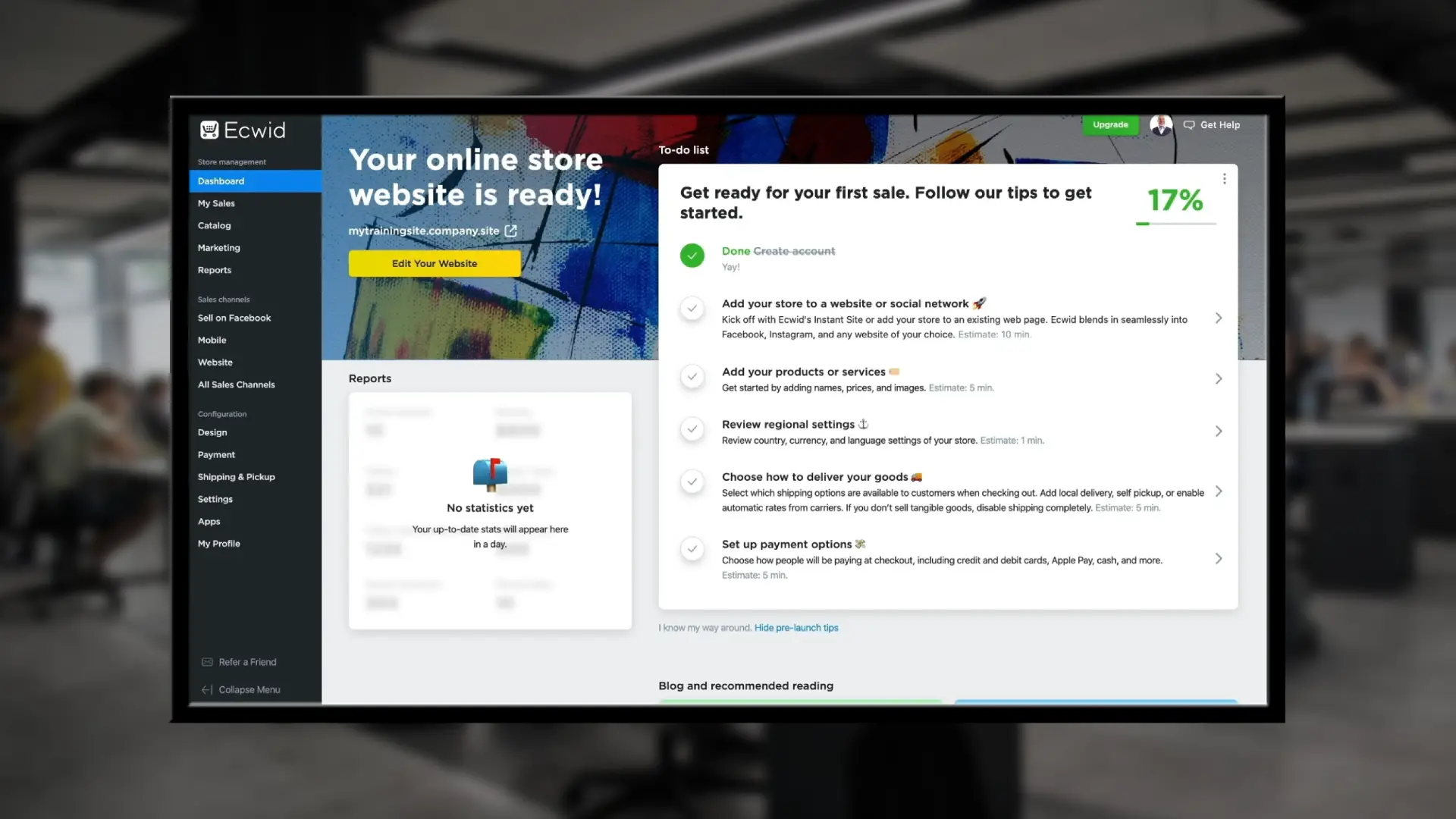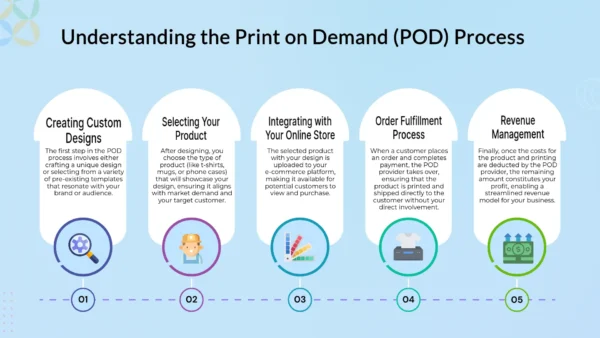In today’s world, consumers are increasingly conscious of the environmental impact of their purchases, and businesses that prioritize eco-friendly practices are gaining a competitive edge. For online entrepreneurs, incorporating sustainability into their business model is not only good for the planet but also great for building brand loyalty and trust. This article will guide you through how to build a sustainable online business by integrating eco-friendly practices.
What Are Eco-Friendly Practices?
Eco-friendly practices, also known as green or sustainable practices, involve actions and strategies aimed at minimizing the negative impact of a business on the environment. These practices focus on reducing waste, lowering carbon emissions, conserving resources, and promoting sustainability in every facet of the business. Examples include using renewable energy, sustainable packaging, digital tools for paperless processes, and promoting products or services that have a low environmental footprint.
By integrating eco-friendly practices, businesses not only help to protect the planet but can also differentiate themselves in a crowded marketplace, attract environmentally-conscious customers, and reduce operational costs in the long term.
Steps to Building a Sustainable Online Business with Eco-Friendly Practices
1. Use Renewable Energy for Hosting
One of the most significant environmental impacts of online businesses comes from the energy consumption of data centers that host websites. Opting for web hosting services that use renewable energy is an essential first step towards sustainability. Green web hosting providers rely on wind, solar, or hydropower to run their servers, which significantly reduces carbon emissions.
Some popular green hosting providers include:
- GreenGeeks: A well-known hosting provider that offers carbon-neutral hosting. GreenGeeks purchases renewable energy credits to offset its carbon footprint and plant trees for every hosting plan.
- A2 Hosting: A2 Hosting has a longstanding commitment to sustainability. It offers customers the opportunity to go carbon-neutral with their hosting through partnerships with environmental organizations.
2. Go Paperless with Digital Tools
Online businesses can reduce their paper usage by implementing digital tools and systems for their operations. Going paperless reduces waste and lowers the demand for paper production, which is often linked to deforestation.
Several tools can help businesses transition to a paperless environment:
- DocuSign: An electronic signature platform that enables businesses to sign documents digitally. DocuSign reduces the need for paper contracts and forms.
- Google Workspace: This suite of cloud-based tools allows businesses to create, share, and store documents, spreadsheets, and presentations online. It eliminates the need for printed materials.
- Trello: A project management tool that keeps teams organized digitally, helping to eliminate paper-based task lists and notes.
3. Use Eco-Friendly Packaging and Shipping
If your online business involves selling physical products, consider using eco-friendly packaging and shipping methods. Reducing packaging waste and choosing sustainable materials are important steps in aligning your business with environmentally-conscious values.
- noissue: A custom packaging platform that offers sustainable and compostable packaging materials, including recycled tissue paper, stickers, and mailers. The company also plants a tree for every order.
- EcoEnclose: Provides a range of eco-friendly packaging solutions, from 100% recycled poly mailers to compostable shipping labels. They are committed to creating zero-waste solutions for e-commerce businesses.
In addition, offering carbon-neutral shipping options or partnering with courier services that offset their emissions can further reduce your business’s environmental impact.
4. Optimize Your Supply Chain
Sustainability doesn’t stop at your business operations; it also extends to your suppliers. Choose suppliers and manufacturers that adhere to sustainable practices and have certifications such as Fair Trade, USDA Organic, or Rainforest Alliance.
- SourceMap: A supply chain transparency tool that helps businesses track their suppliers’ sustainability practices and assess their environmental impact. By optimizing your supply chain with eco-friendly partners, you ensure that your business contributes to a sustainable ecosystem.
5. Promote Digital Products
Digital products have virtually no environmental footprint compared to physical products. Consider incorporating digital products such as eBooks, online courses, or software subscriptions into your business model. This eliminates the need for packaging, shipping, and raw materials.
6. Leverage Remote Work
Remote work is not only beneficial for cutting costs, but it also significantly reduces the carbon emissions associated with daily commuting and energy consumption in office spaces. By building a remote team, you reduce your business’s environmental footprint while offering flexibility to employees.
Popular tools for managing remote teams include:
- Slack: A communication platform that allows remote teams to collaborate effectively without the need for face-to-face meetings, helping to reduce travel.
- Zoom: A video conferencing tool that facilitates virtual meetings, reducing the need for business travel and office space.
Tools and Apps for Sustainable Online Businesses
- Ecosia: An eco-friendly search engine that plants trees with its ad revenue. It’s a great tool for businesses that want to contribute to reforestation while conducting everyday internet searches.
- Asana: A project management tool that helps businesses streamline their processes digitally, reducing the need for printed reports and communication.
- Planetly: A carbon management platform that helps businesses measure, reduce, and offset their carbon emissions. Planetly provides insights into where your business can become more sustainable.
- Carbon Checkout: A tool that allows e-commerce businesses to offer customers the option to offset the carbon emissions associated with their purchases. This helps create awareness and gives customers an opportunity to contribute to sustainability.
Results May Vary: A Disclaimer
It is important to note that the results of implementing eco-friendly practices will vary from business to business. Several factors can influence the effectiveness of these efforts, including the size of the business, the industry, the geographic location, and the type of products or services offered. While some businesses may see immediate cost savings and increased customer loyalty, others might experience slower returns on investment. However, adopting sustainable practices is a long-term commitment that benefits both the environment and the business’s reputation over time.
Conclusion
Building a sustainable online business with eco-friendly practices is not only good for the planet but can also lead to increased customer loyalty, cost savings, and differentiation in the marketplace. By incorporating green hosting, digital tools, eco-friendly packaging, and sustainable supply chains, online businesses can reduce their environmental footprint and contribute to a healthier planet. The shift toward sustainability is more than just a trend—it’s a smart business move for the future.
—
This article is copyright © blogwidow.com. Please do not reprint without permission.
Photo by Markus Spiske on Unsplash





















